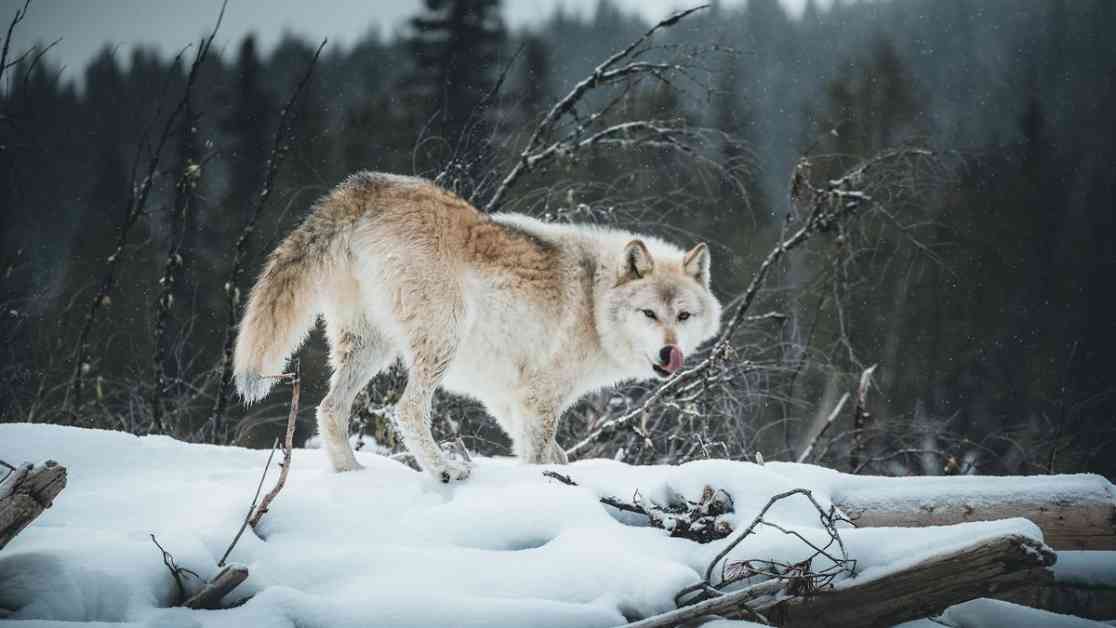Dogs have long been considered man’s best friend, but how exactly did these loyal companions become domesticated? A recent study suggests that dogs may have actually domesticated themselves by choosing to coexist with humans for a steady food supply. This intriguing theory sheds new light on the age-old question of how wolves evolved into the beloved pets we know today.
The study, published in the journal Proceedings of the Royal Society B, explores the idea that wolves may have undergone a process of self-domestication to become dogs. While previous research has suggested that humans played a key role in the domestication of wolves, this new study proposes that wolves may have taken matters into their own paws by selecting mates who also preferred the benefits of living near humans.
According to archaeological and genetic evidence, dogs are believed to have descended from gray wolves and underwent two distinct periods of domestication. The first period occurred between 30,000 and 15,000 years ago, during which wild wolves gradually evolved into early dogs. The second period, from 15,000 years ago to the present day, saw these early dogs further differentiated into the diverse breeds we see today.
The self-domestication hypothesis suggests that wolves began to frequent human settlements in search of food scraps, gradually becoming more comfortable living alongside humans. Over time, these wolves may have preferred the reliability of a human food source over the uncertainties of the wild, leading to the development of the first domestic dogs.
While some researchers have questioned the plausibility of wolves self-domesticating without human intervention, a team of scientists used a statistical model to explore this possibility. By simulating potential timelines of dog domestication and allowing their virtual canines to make choices about their lifestyle and mates, the researchers found that self-domestication over a 15,000-year period was statistically feasible.
One of the key conditions for self-domestication to occur, according to the study, was that wolves had to choose to stay near humans for food and select mates with similar temperaments. This process of mutual selection among wolves could have led to the gradual domestication of dogs without the need for direct human intervention.
Alex Capaldi, a mathematician and statistician at James Madison University and co-author of the study, explained that the model’s results support the idea of self-domestication as a viable mechanism for the evolution of dogs. While the exact details of how wolves became domesticated remain unclear, the study suggests that self-domestication is a plausible scenario.
Studying the evolution of dogs not only provides insights into the domestication process but also sheds light on how early human societies developed alongside these animals. Dogs have played crucial roles in human history, from herding cattle in ancient settlements to accompanying early humans on migrations to new lands. Understanding the timeline of dog domestication can offer valuable insights into our shared history and the bond between humans and dogs.
As we marvel at the close relationship between humans and dogs, it’s fascinating to consider the possibility that dogs may have played an active role in their own domestication. This new perspective challenges traditional views of the domestication process and highlights the complex interplay between humans and animals throughout history. The story of how dogs became our faithful companions is a testament to the enduring bond between species and the remarkable ways in which evolution shapes our world.










